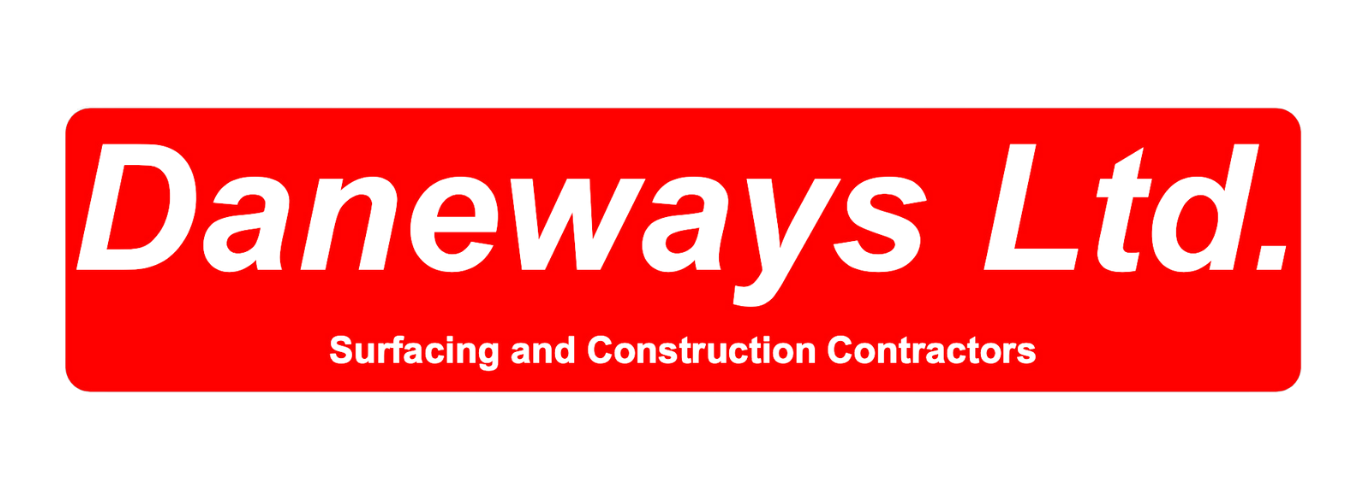Potholes Explained: Causes and Solutions by Tarmac Road Surfacing Experts
Potholes are a nuisance on roads nationwide, causing inconvenience, vehicle damage, and safety hazards for drivers.
In this blog, we will delve into the world of potholes, exploring their causes and solutions, with a particular focus on how tarmac road surfacing and road resurfacing companies play a crucial role in addressing this pervasive issue.
Understanding Potholes
Potholes are depressions or holes that form on road surfaces, often resembling craters. They are a result of the gradual deterioration of road materials due to various factors.
Here are some key causes of potholes:
1. Weather Conditions: Extreme weather conditions, including freeze-thaw cycles, heavy rain, and intense heat, can weaken road surfaces. This leads to cracks that eventually develop into potholes.
2. Traffic Stress: The constant weight and pressure of vehicles passing over the road surface can expedite wear and tear, causing small cracks to evolve into potholes.
3. Poor Road Maintenance: Inadequate road maintenance and repairs can accelerate the formation of potholes. A lack of timely intervention allows existing issues to worsen.
4. Water Infiltration: Water infiltration through cracks in the road can erode the underlying materials, creating voids that eventually lead to potholes.
How Are Potholes Repaired?
Repairing potholes is a crucial task to maintain road safety and functionality. Road resurfacing companies and tarmac companies employ various methods to address potholes effectively.
Here's an overview of the typical pothole repair process:
1. Cleaning and Preparation: The damaged area is cleared of debris, loose materials, and water. This ensures proper adhesion of repair materials.
2. Filling: Road resurfacing companies use a mixture of tarmac specifically designed for roads to fill the pothole. The tarmac is compacted and leveled to match the surrounding road surface.
3. Compaction: Proper compaction of the tarmac is essential to ensure a durable and long-lasting repair. Road resurfacing experts use heavy equipment to compact the tarmac and create a seamless patch.
4. Sealant Application (Optional): In some cases, a sealant or emulsion may be applied over the repaired area to enhance the bond and prevent water infiltration.
5. Surface Smoothing: The repaired area is smoothed to ensure it blends seamlessly with the surrounding road surface, providing a safe and comfortable driving experience.
Preventative Measures
In addition to repairing potholes, proactive measures can help prevent their formation. Regular road maintenance, including road resurfacing, is crucial to extend the life of road surfaces and reduce the likelihood of potholes.
Tarmac road surfacing, with its durability and weather-resistant properties, is an effective solution to combat the factors that contribute to pothole formation.
Conclusion
Potholes are a common road hazard that can be detrimental to both vehicles and road users. Understanding the causes of potholes and the process of repair is essential in maintaining safe and reliable road networks.
Road resurfacing companies and tarmac companies like Daneways Ltd, play a pivotal role in addressing pothole issues, providing durable and effective solutions to keep our roads smooth and safe for all travellers.

